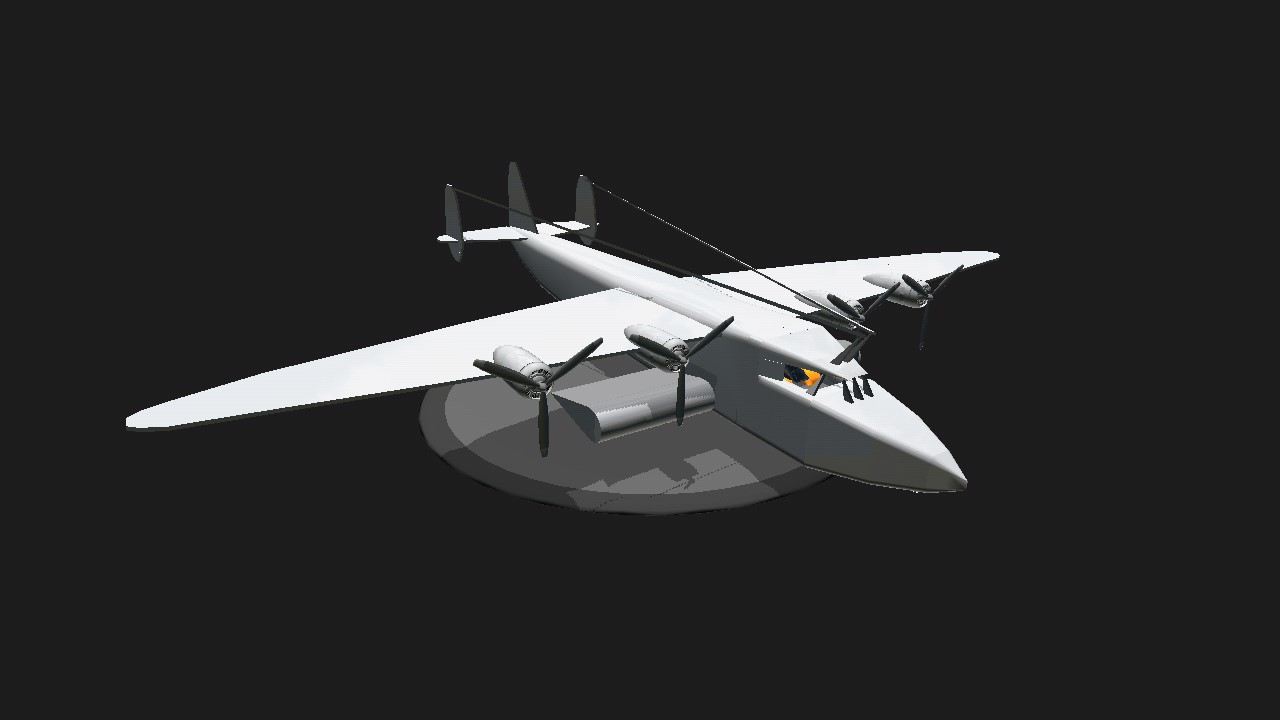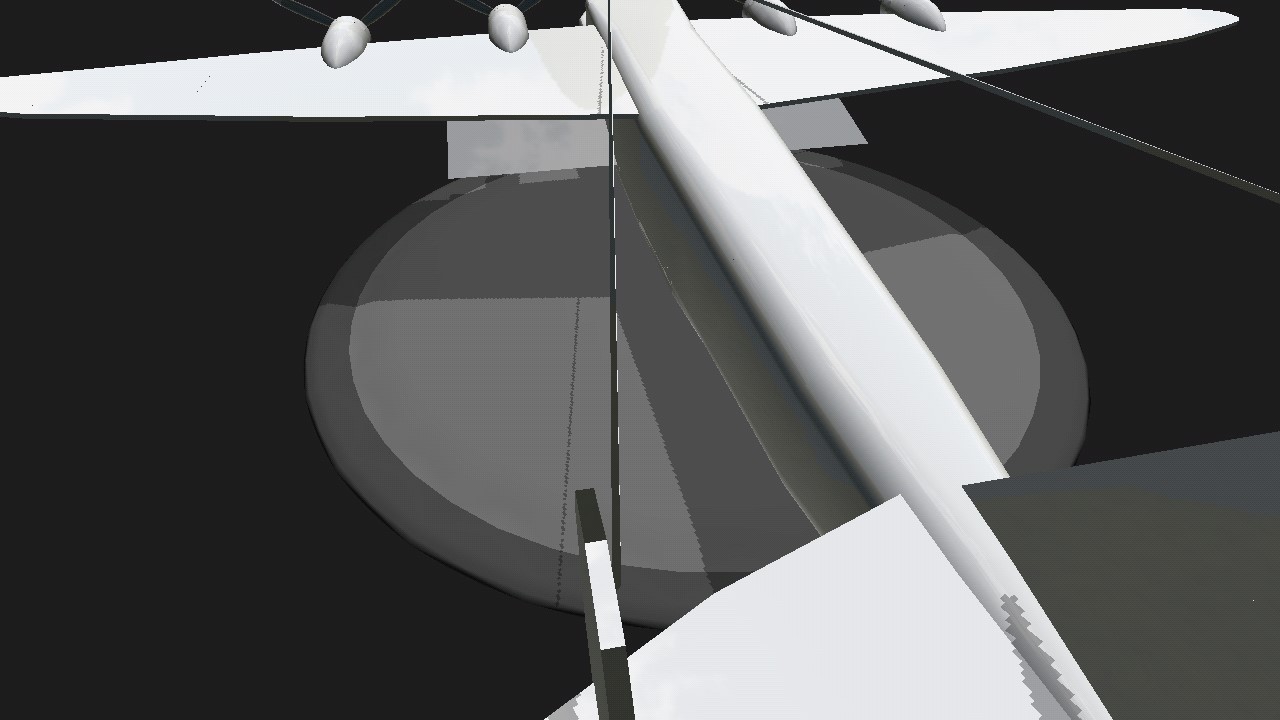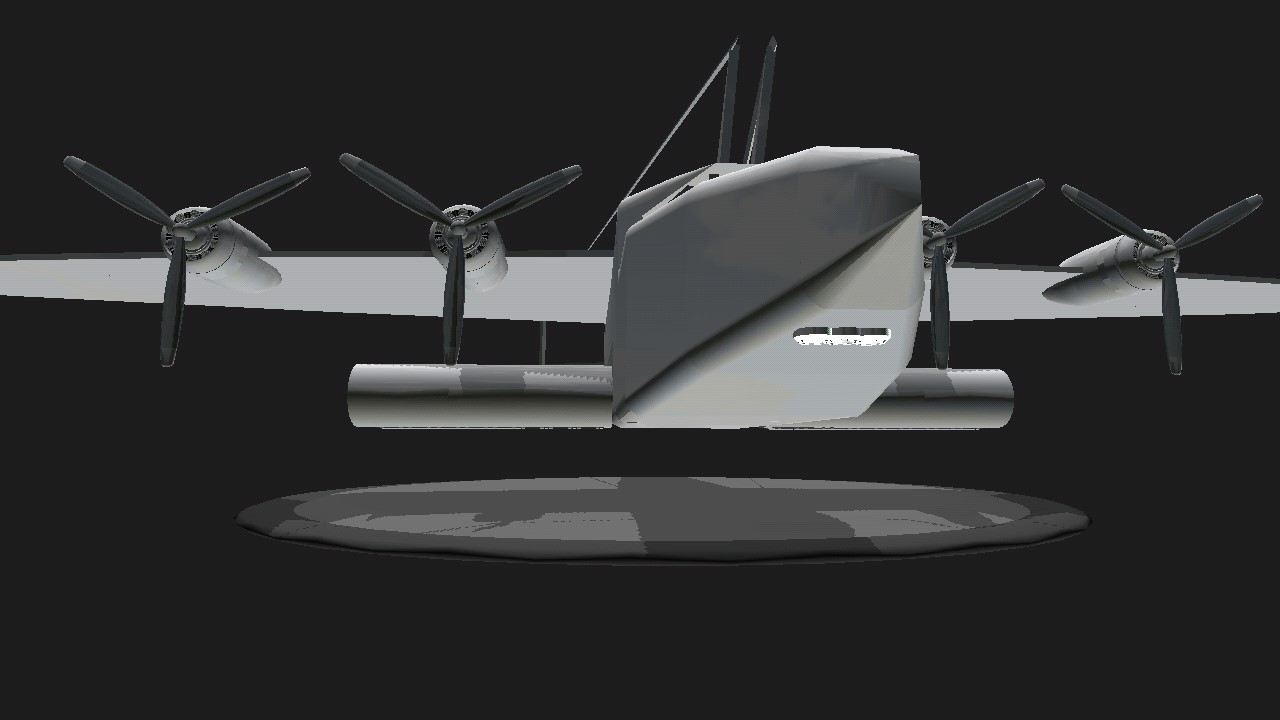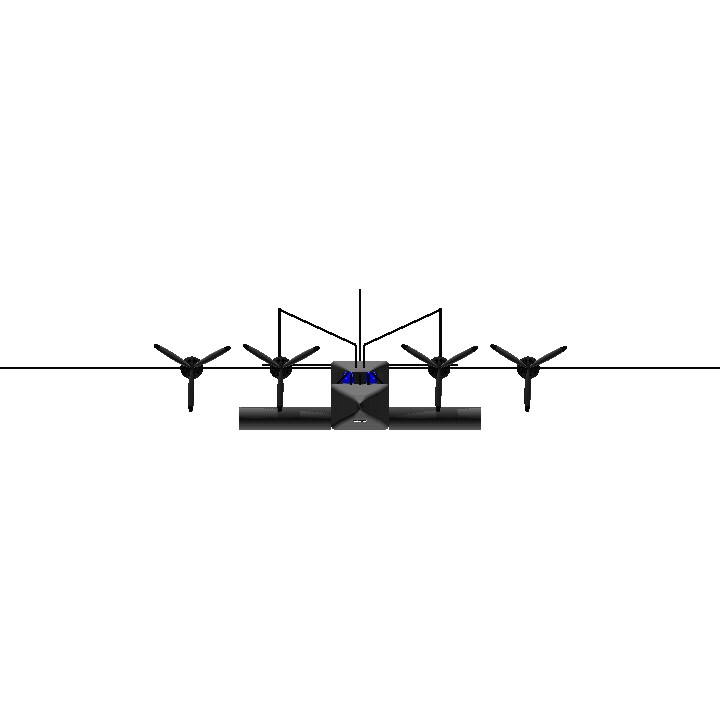LEAP 3: Safety. 1930's America, airlines are becoming big business. commercial planes flying a mixture between passenger and mail are turning a tiny profit. but commercial aircraft have yet to conquer the most important route of all. the flight across the atlantic, linking America and Europe. pan American Airlines are determined to operate the first transatlantic flights. but the challenge isn't just about building a plane that can fly the distance. the aircraft must be able to carry 4.5 tons of cargo, and 70 passengers. it must fly at 240 km per hour, against a 50 km per hour headwind. it must have the range to make the 3,100 km Atlantic crossing, without stopping. and in case the passengers are afraid of flying over nothing but sea, it must be the safest aircraft in the sky. engineers at the Boeing company, take an unconventional approach to the design of Pan Am's aircraft. they think of it, as a boat. they make the cabin the last word in luxury; with air conditioning, and a separate bar. this boat is as happy in the air, as in the water.
Specifications
General Characteristics
- Created On Android
- Wingspan 102.7ft (31.3m)
- Length 87.4ft (26.6m)
- Height 20.0ft (6.1m)
- Empty Weight 13,007lbs (5,899kg)
- Loaded Weight 40,890lbs (18,547kg)
Performance
- Power/Weight Ratio 0.329
- Horse Power/Weight Ratio 0.195
- Wing Loading 24.7lbs/ft2 (120.8kg/m2)
- Wing Area 1,652.4ft2 (153.5m2)
- Drag Points 16732
Parts
- Number of Parts 223
- Control Surfaces 7
- Performance Cost 817







@Astron1 no. I might after LEAP 6.
Bakon. Have you made a flying vehicle that can drop a ground vehicle yet?